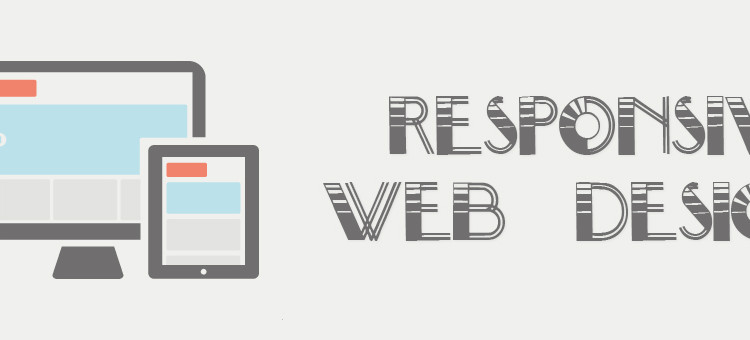You’ve probably already ready about why responsive web design is important and likely haven’t done anything about it. So let me reinforce it once more as the benefits far outweigh the time and costs to go responsive.

What is responsive web design?
Our default source – Wikipedia – defines RWD as the following:
Responsive Web design (RWD) is a Web design approach aimed at crafting sites to provide an optimal viewing experience—easy reading and navigation with a minimum of resizing, panning, and scrolling—across a wide range of devices (from mobile phones to desktop computer monitors).
Said differently, your website should adapt to any screen resolution including desktops, tablets, and mobile phones.
Why responsive web design?
There are multiple benefits of responsive web design which should be more than sufficient to take action now. Here are the most convincing reasons to to switch to a responsive website:
Mobile adoption is growing rapidly
The world is going mobile and it’s happening fast. Here are just a few statistics that reinforce this movement:
- Global mobile traffic accounts for 15% of all web traffic. – Super Monitoring
- 58% of all US consumers already own a smartphone. – comScore
- Over 1.2 billion people access the web from their mobile devices. – Trinity Digital Marketing
In 2014, it is expected that mobile usage will overtake desktop internet usage. That’s a big deal, and surely enough data to warrant converting your website to be responsive.
Google recommends responsive websites
It should be no surprise that responsive web design is recommended by Google. Since website owners attempt to follow Google’s guidance on SEO and advertising best practices, optimizing your site to be responsive is the natural progression. A responsive website allows for the following:
- One URL makes it easier for user interaction
- One URL makes it easier for Google’s link algorithms
- One URL and same HTML makes it easier on crawl efficiency so Google can better crawl more of your site
Clearly, this can only be a plus for your SEO efforts and further support the need for RWD.
Focus on website marketing and operations
Do you really want to manage more than 1 website? Of course not. Having a responsive website provides website owners with several benefits:
More time – RWD allows website owners to manage only one website regardless of the display format. That gives you more time to focus on the hundreds of other tasks at hand such as creating quality content or social media marketing.
One SEO strategy – By using RWD, you can maintain one marketing strategy for your website. One URL means you can focus on funneling traffic to your site. Responsive web design enhances SEO efforts by having all your visitors directed to a single site no matter the device used.
Lower costs – Operating one website costs less than two, and the savings can be substantial.
Are you ready for a responsive website? Find out how we can help develop your website. Or if you need help converting your site to be responsive, contact us with details for a free quote. If you have any questions about RWD, feel free to ask in the comments below.

Good article nice to see some statistics :) I would like to share this bootstrap tutorial which shows readers how they can easily create responsive website templates. Thanks!
Leon.
Thanks for sharing Leon. Great tutorial.